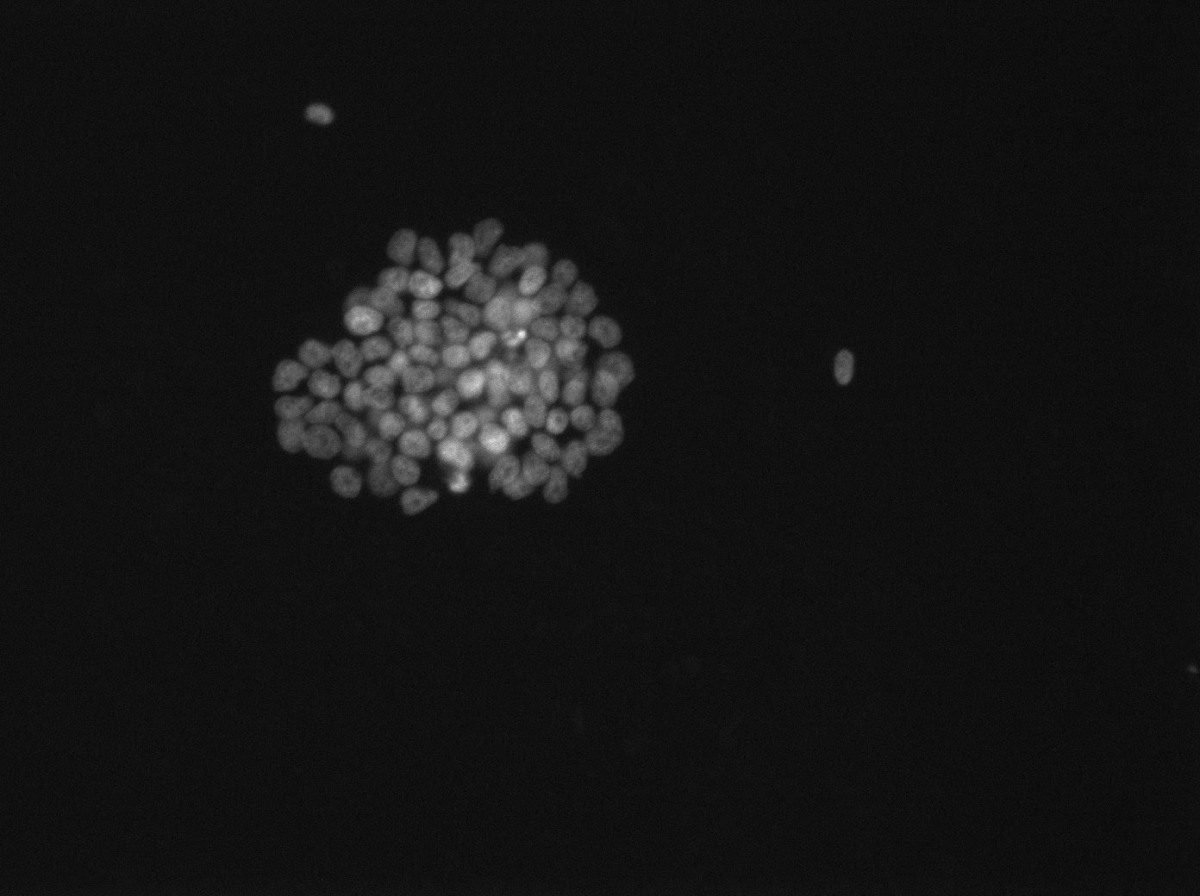 ‘In other studies you go as far as others have gone before you, and there is nothing more to know; but in scientific pursuit there is continual food for discovery and wonder.’ Mary Shelley, Frankenstein.
‘In other studies you go as far as others have gone before you, and there is nothing more to know; but in scientific pursuit there is continual food for discovery and wonder.’ Mary Shelley, Frankenstein.
But how far is too far?
Imagine a future where most people live into their hundreds, those who might not have been kept alive 10 years ago are now surviving beyond sustainability and the birth rate far exceeds the death rate. Consequently, the need for transplants and medication has increased while donor supply has diminished.
What is the solution?
A duplicate: organic matter generated using your genetic material, grown in a laboratory specifically for organ donation; eliminating waiting lists and transplant rejection and at the same time allowing more accurate drug trial results than animal testing. What if we could employ ‘duplicates’ to obtain the data on gender, genetic, and racial diversity required to ensure that new drugs will work for everyone?
Scientific progress to date has come further than some people might like to admit. In some instances it is also being taken what could be considered a step too far. It is possible to build, or grow almost every type of human organ or tissue in the laboratory. Some techniques are more advanced than others, but it is interesting to wonder how far away we are from a modern Frankenstein’s monster. Is it really possible to build a human?
Vital considerations have to be made in terms of both science and ethics.
Scientifically:
Would it be possible to make a universal donor? Where would the initial material come from? Despite the ‘duplicates’ being generated to address organ shortage, an organ ‘skeleton’ might still be required as a starting point. Where would this come from? Animals, vegetables, fruit?
Ethically:
Could we avoid repeating the Henrietta Lacks situation, where cells that are routinely used in scientific experiments were extracted without consent? What could we learn from Paolo Macchiarini, who repeatedly went too far at the cost of human lives? Who would fund the generation of ‘duplicates’ and what impact would this have on the distribution of wealth and healthcare within society?
The next series of posts will aim to describe how recent scientific advances mean that we might be closer than ever to ‘building a human’.